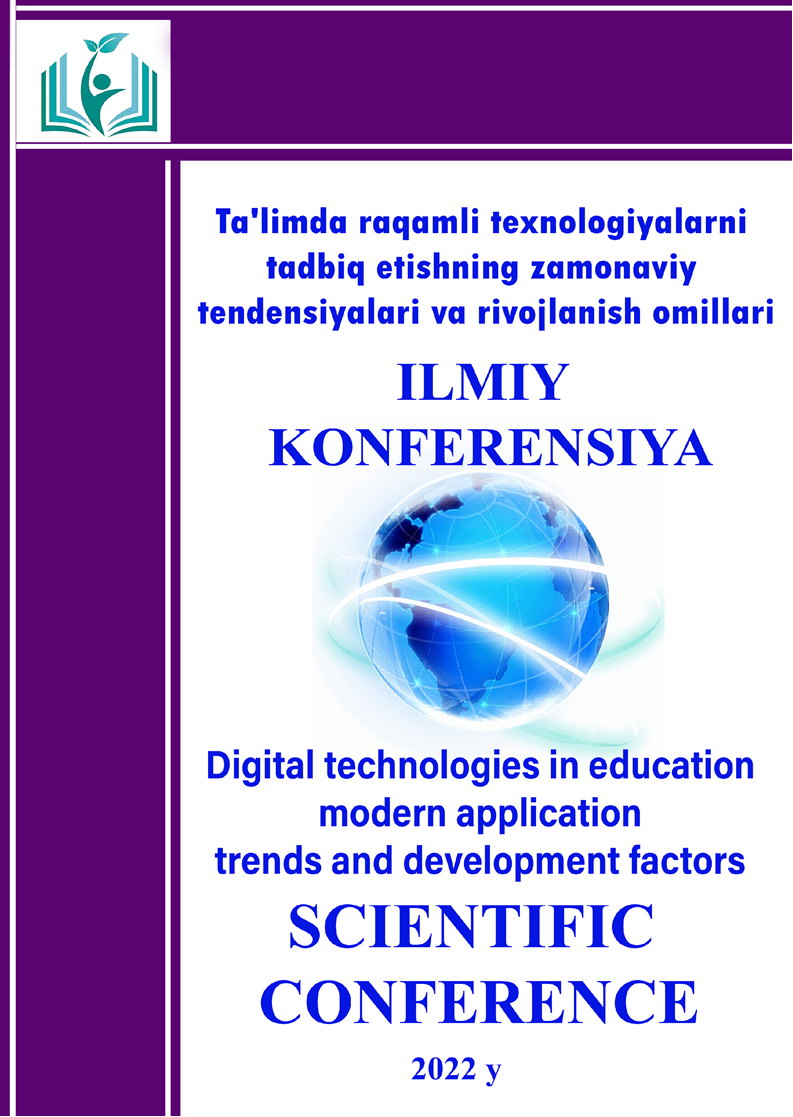INTEGRATING COMPUTER-ASSISTED LANGUAGE LEARNING (CALL) IN ENGLISH AS A FOREIGN LANGUAGE (EFL) CLASSROOMS
Abstract
In recent years, computers have become increasingly prevalent in the educational process, highlighting the importance of computer literacy. Language instructors have begun incorporating modern technologies as effective pedagogical tools in foreign language teaching. The term CALL stands for Computer-Assisted Language Learning, which broadly refers to the use of computer applications in acquiring a second language. Initially, CALL programs were primarily focused on text and sentence manipulation. However, in the 1990s, the introduction of CD-ROMs containing full encyclopedias or language courses with multimedia elements such as graphics, audio, video, and animations brought a new dimension to language classrooms. Today, computers and the internet facilitate the integration of diverse online resources through hyperlinks, a feature widely used in online research and other digital applications.
Hagen (1993) notes that computers contribute significantly to language learning and enhance the overall learning experience. Similarly, Oxford, Rivera-Castillo, Feyten, and Nutta (1998) argue that technology is effective in language teaching when it is used in ways that increase learners’ motivation. Raschio emphasizes that CALL allows students to personalize their studies and progress at their own pace, a view supported by Yi-dong (2007), who highlights the constant improvements in hardware and software, along with the growing acceptance of technology by both teachers and students. Levy (1997) defines CALL more broadly as the study of computer applications in language teaching and learning. Research shows that students who learn foreign languages through CALL tend to achieve better results than those taught using traditional methods. Overall, CALL is an engaging and effective approach that boosts learners’ motivation and enables them to develop language skills independently.
References
1.Moras, Solange. Computer-Assisted Lanaguage Learning (Call) And The Internet. Karen’s Linguistic Issues, 2001.
2. Frank, V., Golonka, E., Bowles, A., Becker, E., Freynick, S., & Richardson, D. (2008).Optimal foreign language learning: The role of technology. College Park, MD: Center forAdvanced Study of Language at the University of Maryland.
3. Levy, Michael. (1997). Computer-assisted language learning: Context and conceptualization. Oxford University Press.
4. Higgins, John. "Computer assisted language learning." Language Teaching 16.2 (1983): 102-114.

